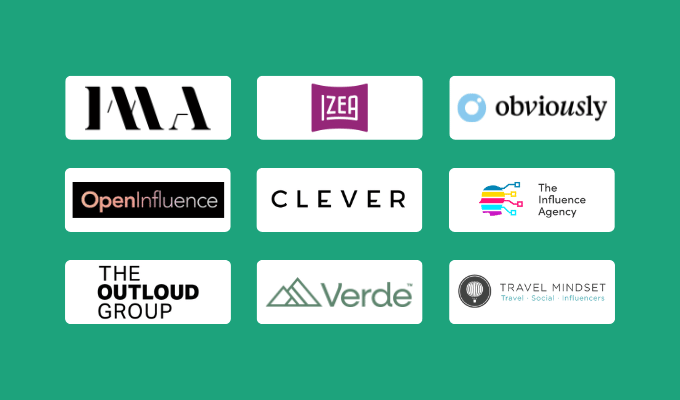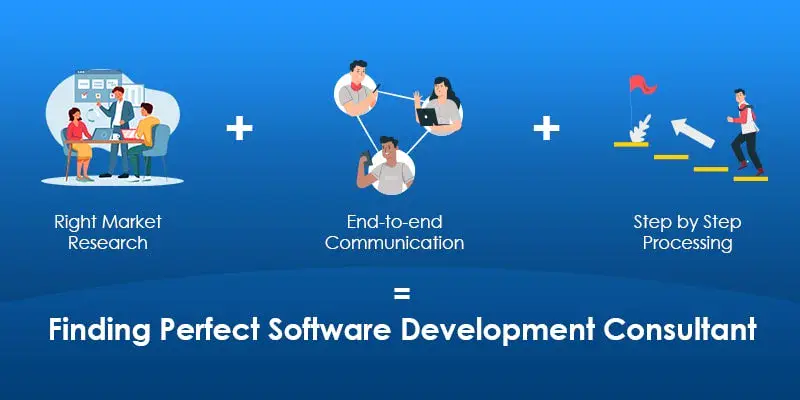
Understanding Influencer Marketing in 2025
As we move into 2025, influencer marketing continues to evolve, becoming an integral part of the digital marketing landscape. With the rise of new platforms, changing consumer behaviors, and advanced technologies, brands need to adapt their strategies to stay relevant. An effective influencer marketing strategy in 2025 requires a deep understanding of both the influencers and the audience they reach.
Identifying the Right Influencers
The first step in building an effective influencer marketing strategy is identifying the right influencers for your brand. This goes beyond looking at follower counts. Instead, focus on the following:
- Engagement Rates: High engagement rates indicate that an influencer's audience is active and interested in their content.
- Relevance: Ensure the influencer’s content aligns with your brand values and target audience.
- Authenticity: Consumers are more likely to trust influencers who are genuine and transparent.
Utilize tools like influencer marketing platforms to analyze potential influencers effectively. These platforms can help you gauge their reach, engagement, and audience demographics.
Setting Clear Objectives
Before launching any campaign, it’s vital to set clear and measurable objectives. What do you want to achieve through influencer marketing? Some common objectives include:
- Brand Awareness: Increase visibility and recognition among your target audience.
- Lead Generation: Drive traffic to your website and convert followers into customers.
- Engagement: Foster a community around your brand through likes, shares, and comments.
Having specific goals will guide your influencer selection and campaign execution, providing a framework for measuring success.
Creating Authentic Content
In 2025, authenticity is more important than ever. Audiences are drawn to content that feels real and relatable. To create authentic content, consider the following:
- Collaboration: Involve influencers in the content creation process. Their unique voice and style will resonate more with their audience.
- Storytelling: Encourage influencers to share personal stories related to your brand. This builds emotional connections with followers.
- Diversity: Ensure that your influencer partnerships reflect diversity in gender, ethnicity, and experience. This inclusivity broadens your appeal.
By prioritizing authenticity, you can create campaigns that foster trust and loyalty among consumers.
Leveraging Multiple Platforms
In 2025, it is essential to utilize multiple platforms to maximize your influencer marketing efforts. Each platform offers unique features and audience demographics:
- Instagram: Ideal for visual storytelling and lifestyle brands.
- YouTube: Perfect for in-depth reviews, tutorials, and product demonstrations.
- TikTok: Great for reaching younger audiences with short, engaging video content.
- Podcasts: An emerging medium for influencers to discuss products and services in a conversational format.
By diversifying your approach across platforms, you can reach a broader audience and strengthen your brand presence.
Measuring Success
To determine the effectiveness of your influencer marketing strategy, it’s crucial to measure success through key performance indicators (KPIs). Some important metrics to track include:
- Reach: The total number of people who have seen your campaign.
- Engagement: Likes, shares, comments, and overall interaction with the content.
- Conversion Rates: The percentage of followers who take action, such as visiting your website or making a purchase.
- Return on Investment (ROI): Analyzing the revenue generated from the campaign versus the costs incurred.
Regularly analyzing these metrics will help you understand what works, allowing for adjustments and optimization of your strategy.
Building Long-term Relationships
To truly benefit from influencer marketing in 2025, brands should focus on building long-term relationships with influencers rather than one-off partnerships. This approach offers numerous advantages:
- Consistency: Long-term collaborations ensure a consistent brand message over time.
- Trust: Audiences are more likely to trust influencers who consistently endorse a brand.
- Exclusive Content: Ongoing partnerships can lead to unique content that stands out in a saturated market.
Engaging with influencers beyond campaigns can lead to authentic brand advocacy and a loyal consumer base.
Conclusion
In 2025, an effective influencer marketing strategy hinges on understanding the dynamics of the digital landscape, selecting the right influencers, creating authentic content, and measuring success diligently. By focusing on these core elements, brands can harness the power of influencer marketing to drive engagement, enhance brand awareness, and ultimately boost sales. As the industry continues to evolve, staying adaptable and open to new trends will be crucial for success.








